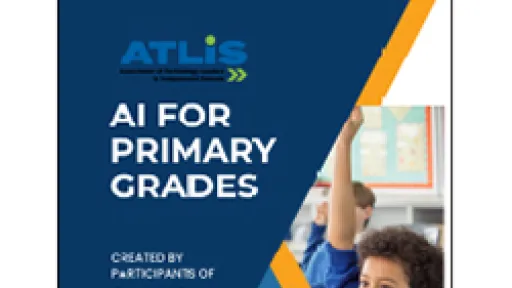In our previous discussion on the book "Post Corona" by Scott Galloway, we delved into the concept of the Great Dispersion and its implications for education. As we continue the conversation, it becomes clear that education is not just an industry but a complex interplay between brand, product, and the ever-changing demands of the market. In this follow-up article, we explore the tensions between brand and product, traditional and innovative pedagogies, and the challenges faced by educational institutions in adapting to the shifting landscape.
The Clash of Brand and Product
During the discussion, Susan Davis raises an intriguing point about the conflicting perspectives of parents and students regarding brand and product. Parents, still rooted in the "brand age," value the reputation and legacy of educational institutions. However, students, growing up in the digital age, have different expectations akin to a "product age." They seek a high-quality, customer-focused educational experience akin to the convenience and personalization offered by Netflix.
This clash of perspectives poses challenges for educational institutions. The traditional notion of the brand, which focuses on reputation and history, must be reevaluated in light of changing student expectations and demands. Schools need to strike a balance between upholding their brand values while also delivering an innovative, student-centric product.
The Revealing Impact of COVID-19
The COVID-19 pandemic has acted as a catalyst, exposing the product-focused aspect of education. With remote learning becoming the norm, parents and students gained unprecedented visibility into the educational product offered by schools. This increased transparency revealed areas of strength and weakness, prompting important discussions about the quality of education and the value schools provide.
Kwaku Awning highlights the critical shift that occurred during the pandemic, as parents could directly observe the product their child was receiving. This shift has led to questions about the value proposition of educational institutions. The need for schools to deliver tangible results, such as writing skills, is becoming increasingly important in the eyes of parents and stakeholders.
Navigating the Changing Landscape
As educational leaders grapple with these tensions, it is crucial to recognize that education is, indeed, an industry. Independent schools, in particular, must find a balance between fulfilling their educational mission and responding to market demands. The disruption caused by the Great Dispersion calls for introspection and innovation.
Educators must explore new ways to bridge the gap between traditional pedagogies and evolving market expectations. Blending proven methods with forward-thinking approaches can help schools maintain their brand identity while adapting to meet the product-driven needs of students and parents.
Additionally, educators must consider the impact of emerging technologies and digital advancements on the education landscape. While the COVID-19 pandemic highlighted the importance of technology in facilitating remote learning, it is crucial to strike a balance between leveraging digital tools and preserving essential skills like critical thinking, writing, and communication.
Moving Forward
Education is at a pivotal moment in its history. The clash between brand and product, traditional and innovative pedagogies, highlights the need for a nuanced and adaptive approach. By recognizing education as both an industry and a mission-driven endeavor, schools can chart a course that embraces change while staying true to their core values.
Educational leaders must be proactive in shaping the future of education. By fostering dialogue, exploring new methodologies, and prioritizing student outcomes, schools can thrive in the face of disruption, empower their students, and prepare them to excel in a rapidly changing world.
The tensions between brand and product, traditional and innovative pedagogies, are challenging educational institutions to adapt to the evolving needs of students and parents. The pandemic has magnified these tensions and highlighted the importance of delivering tangible results while upholding the core values of education. As schools grapple with the Great Dispersion and the potential dominance of large corporations, it is crucial to strike a balance between maintaining brand identity and meeting the demands of a product-driven market.
Education must embrace disruption and innovation while preserving essential skills such as critical thinking and effective communication. The role of technology in education should be carefully considered, ensuring that it enhances learning experiences without compromising fundamental abilities.
By navigating these tensions, educational leaders can shape the future of education and empower students to thrive in an ever-changing world. Embracing change, fostering dialogue, and prioritizing student outcomes are key to maintaining relevance and delivering a valuable educational product.
As we continue to reflect on the insights from "Post Corona" and engage in meaningful discussions, let us embrace the opportunity to reimagine education and craft a future that blends tradition with innovation, brand with product, and purpose with adaptability.


